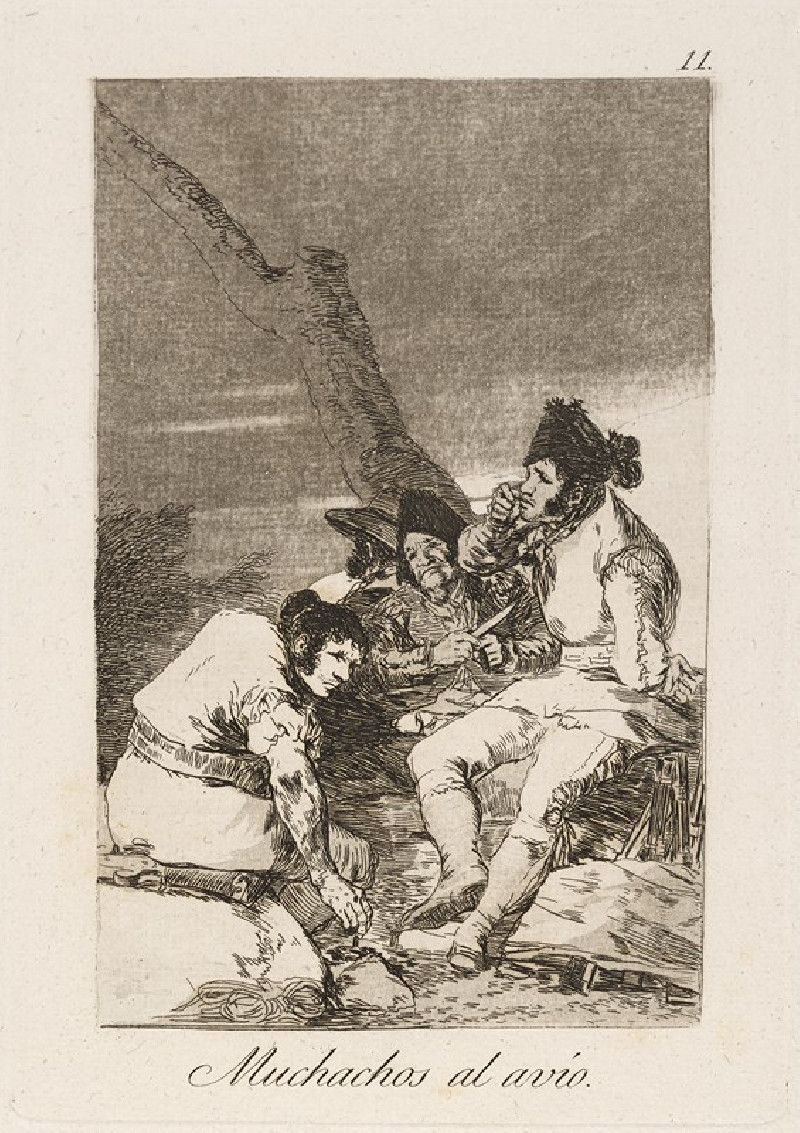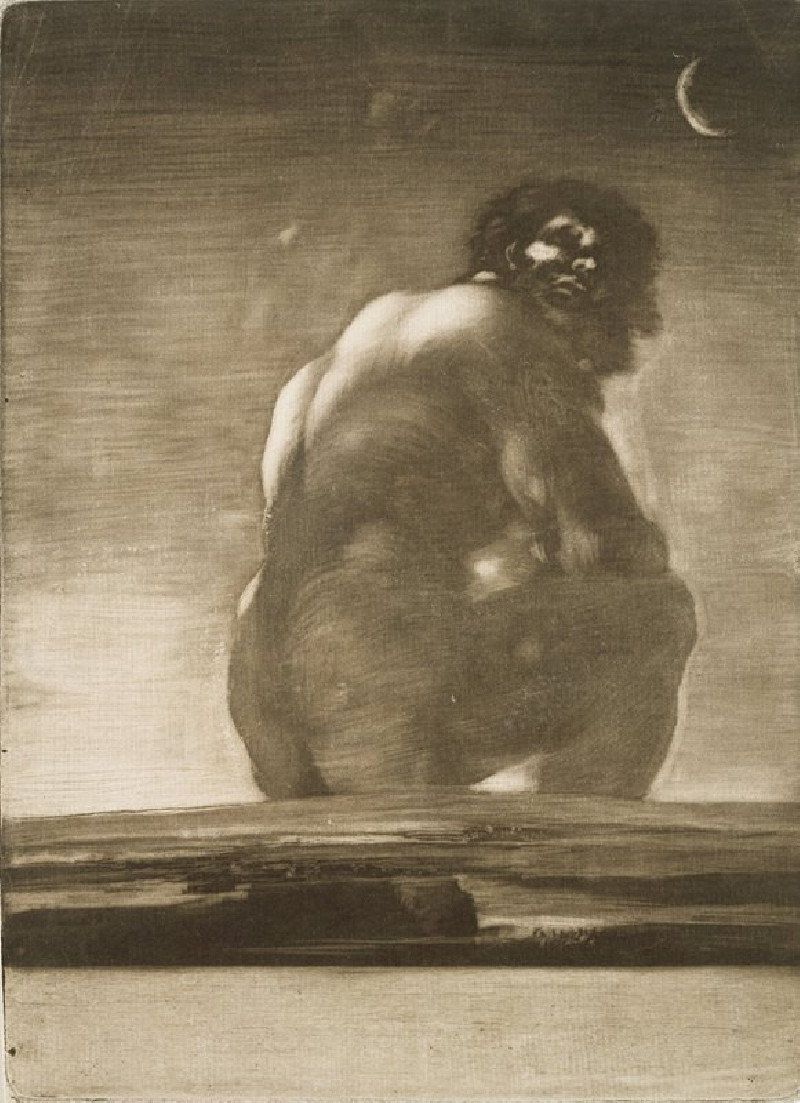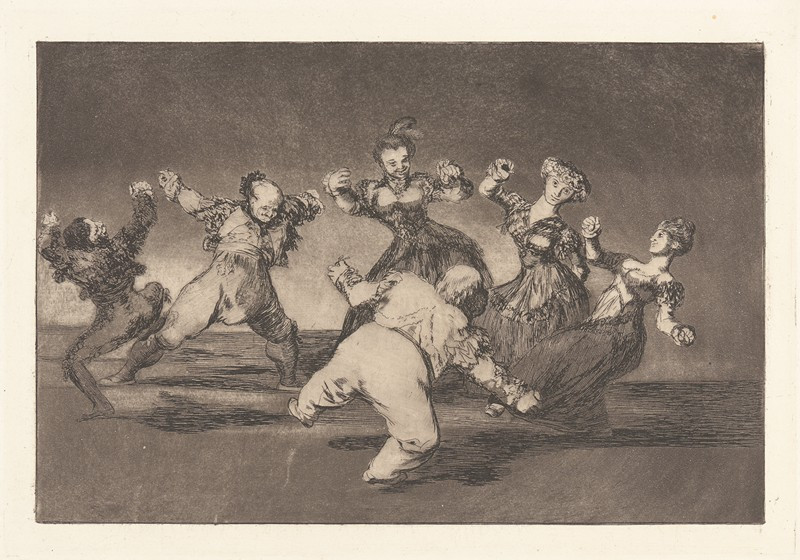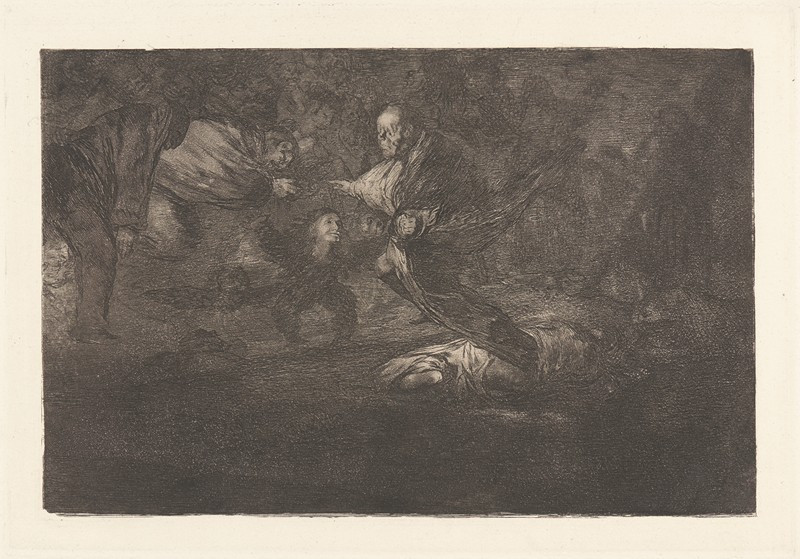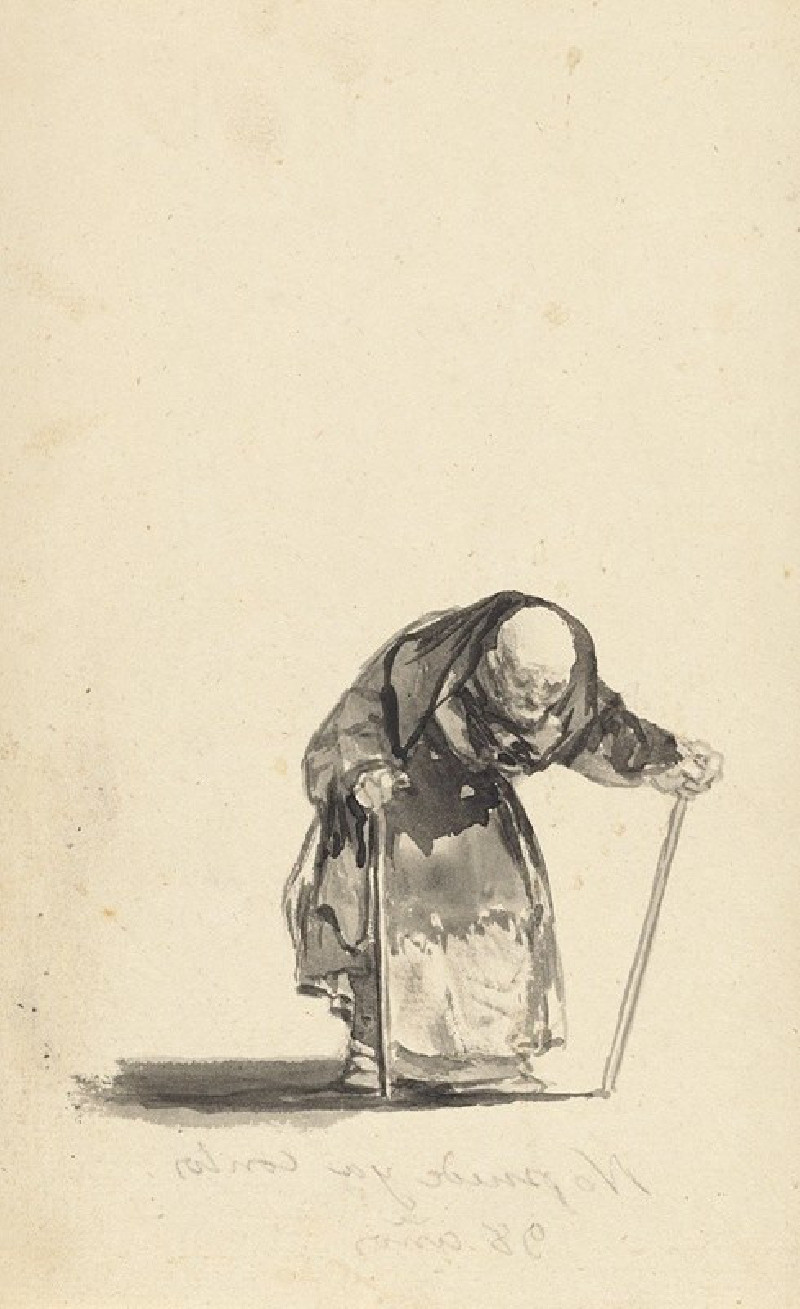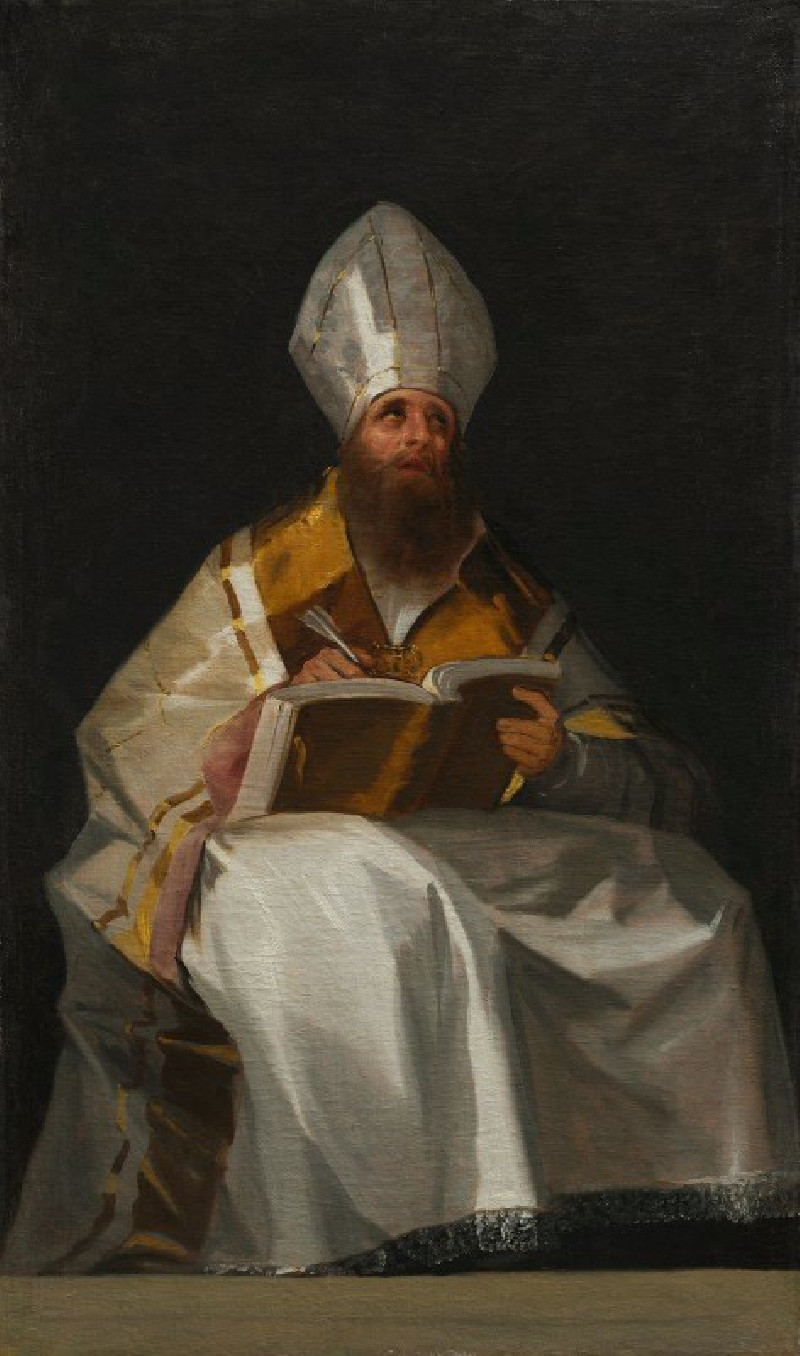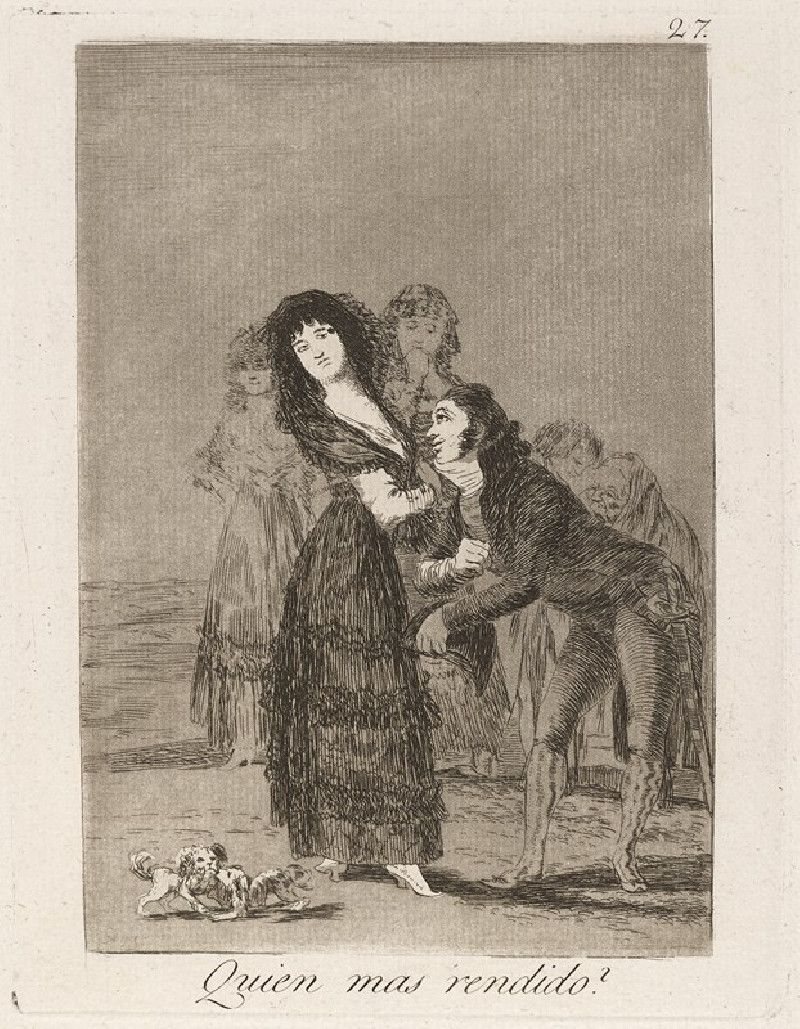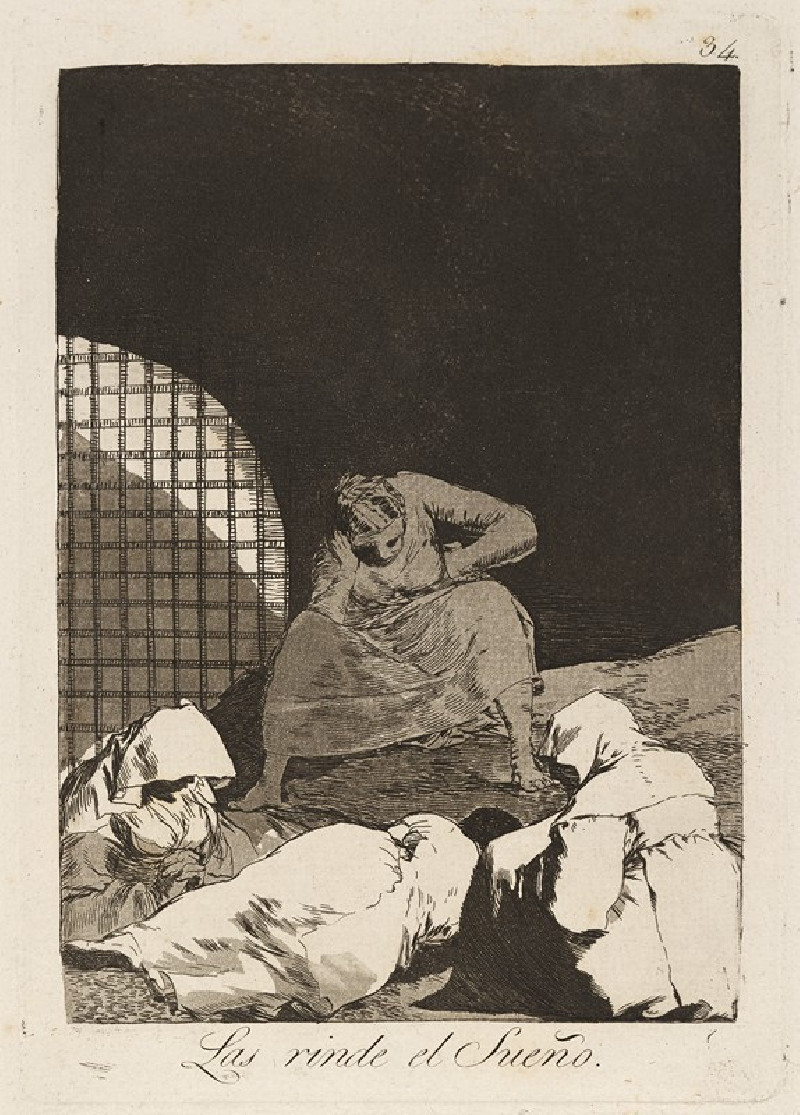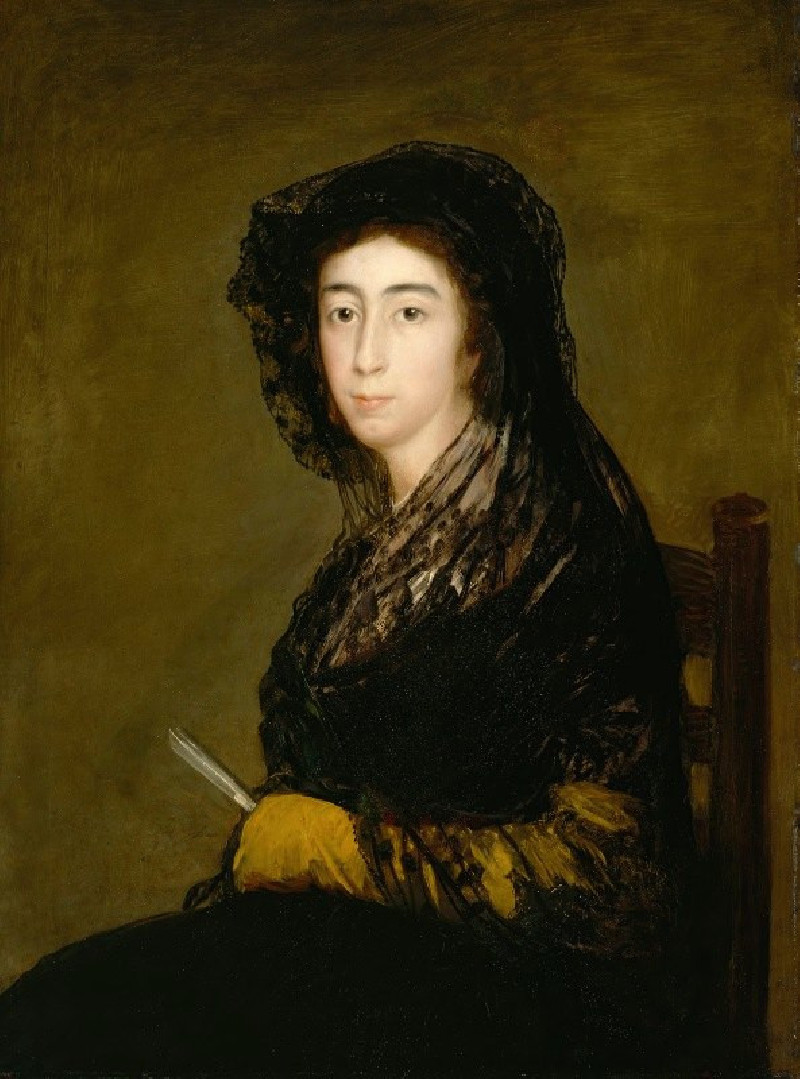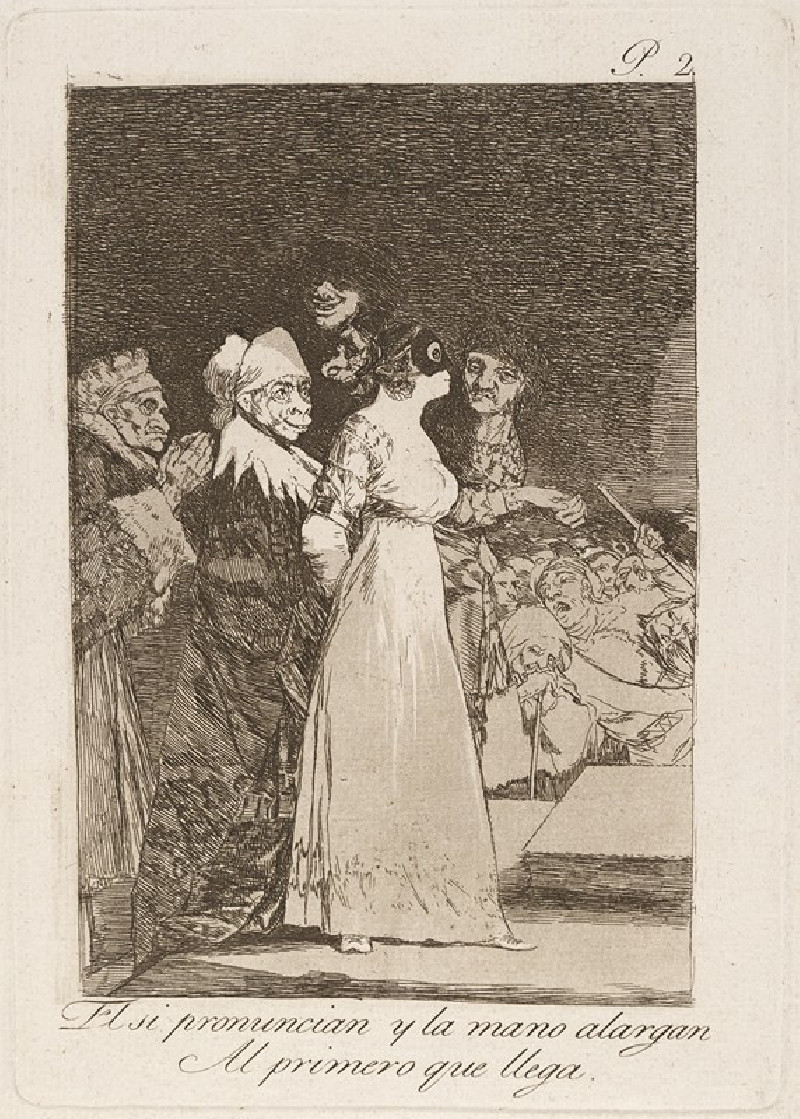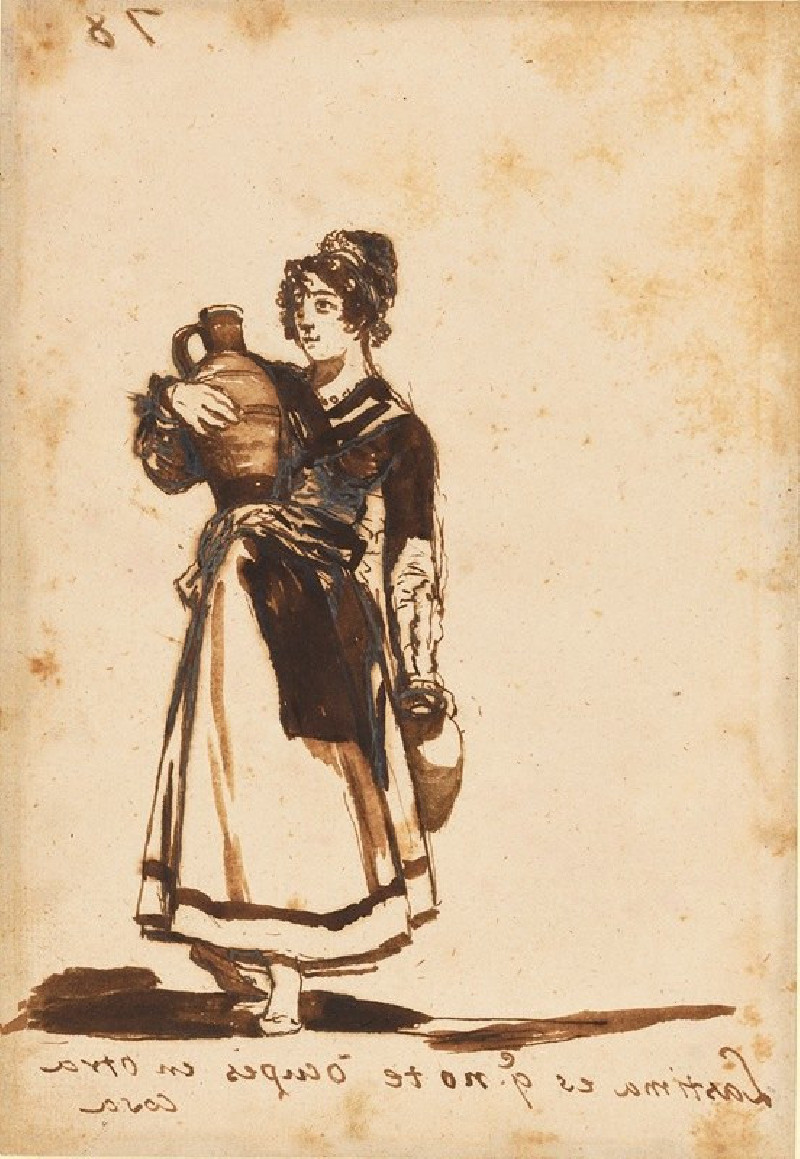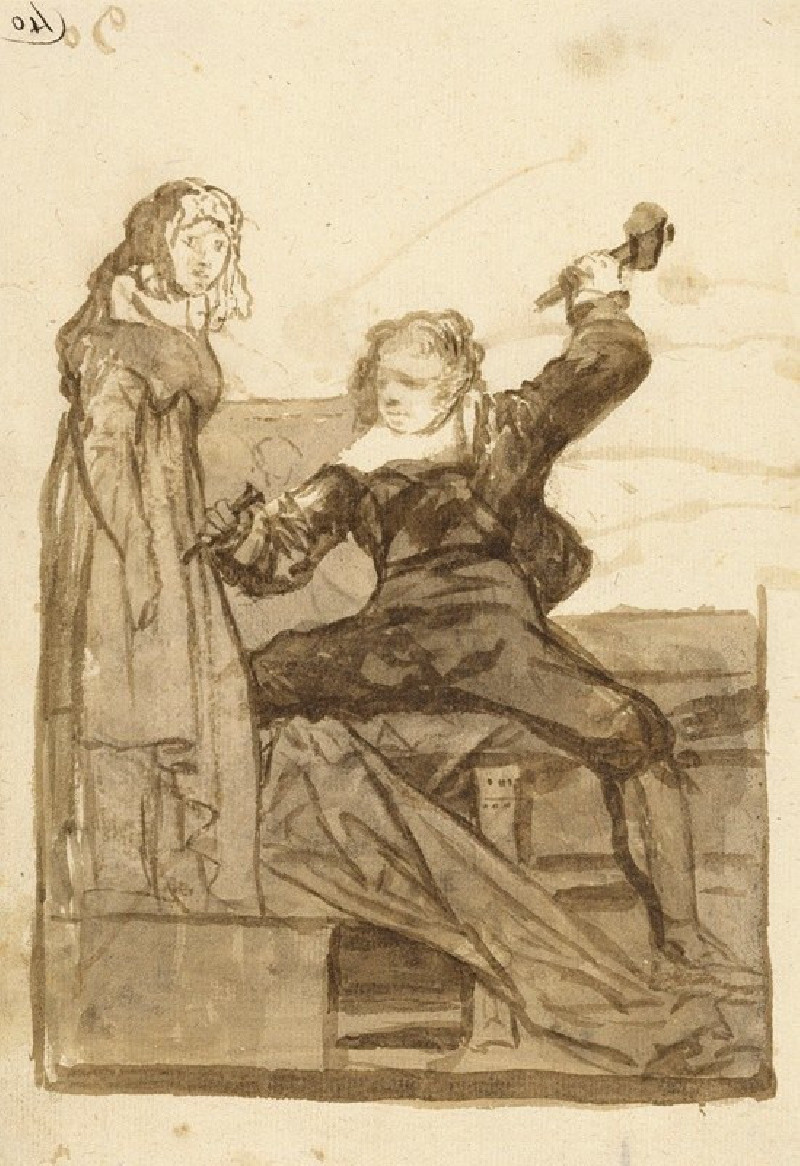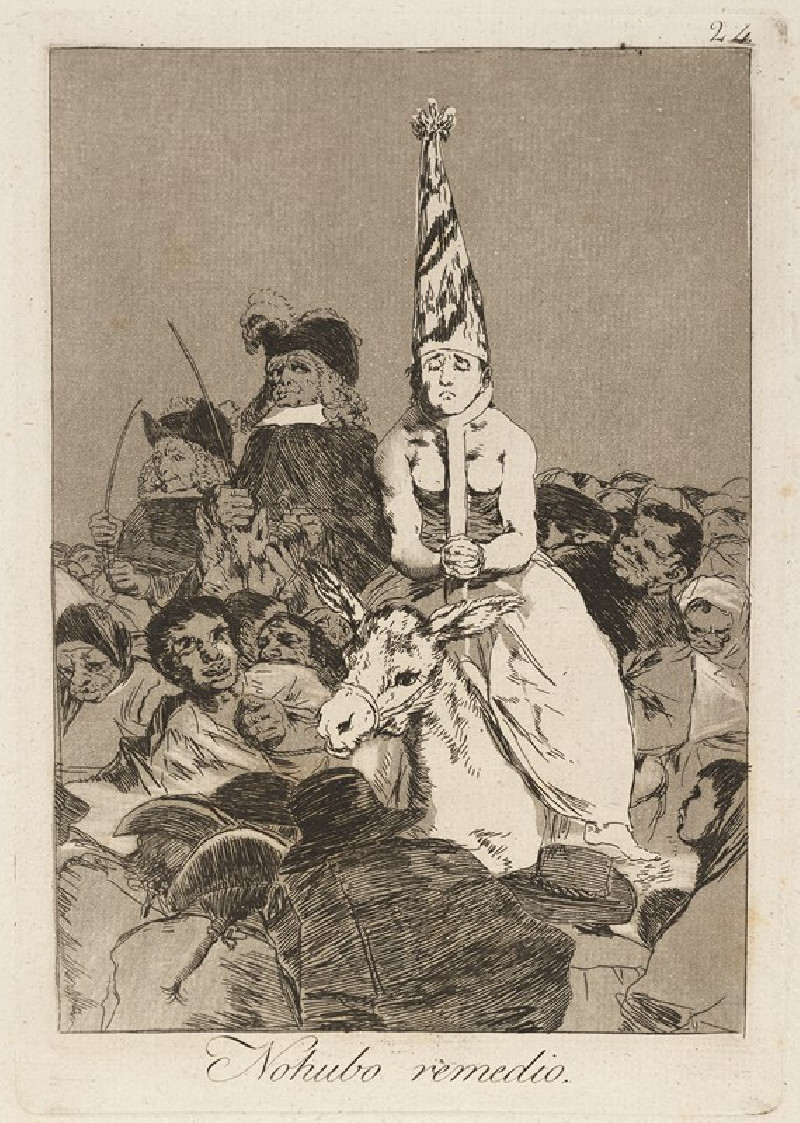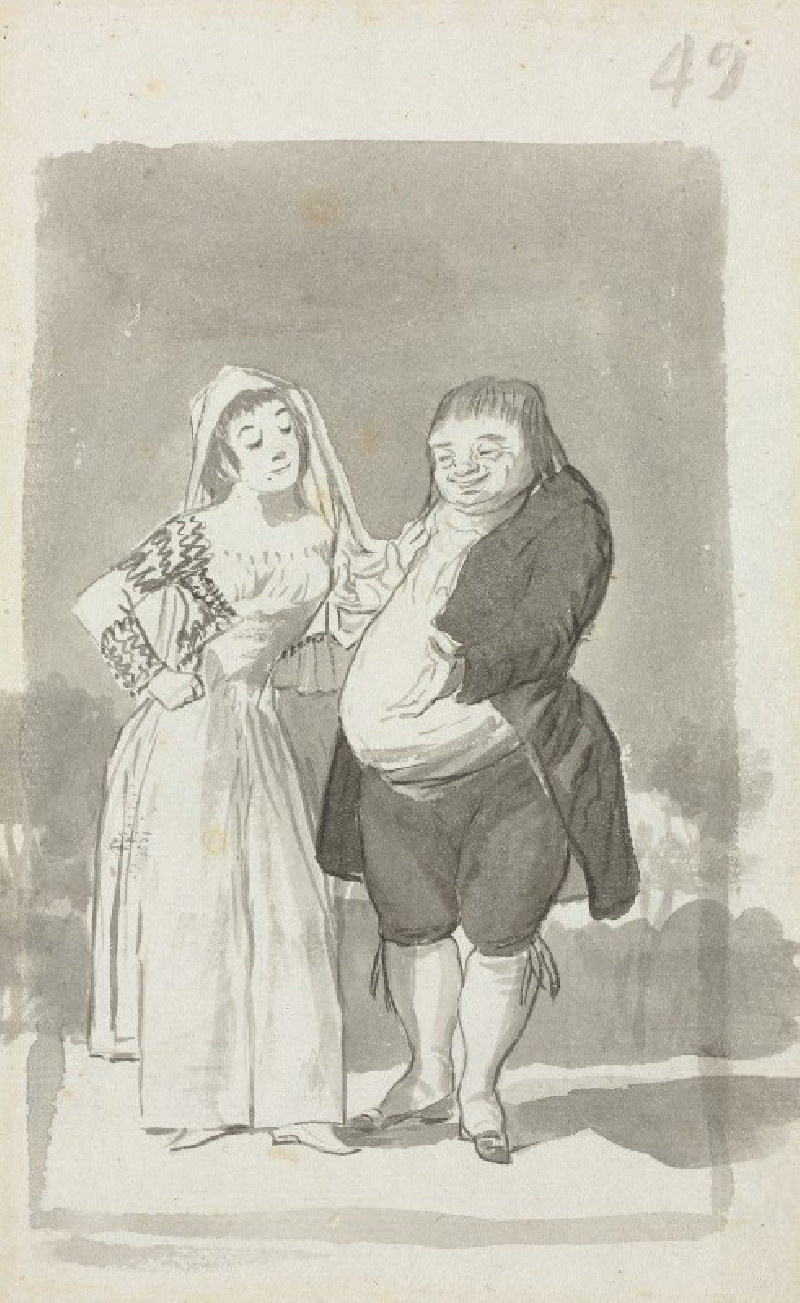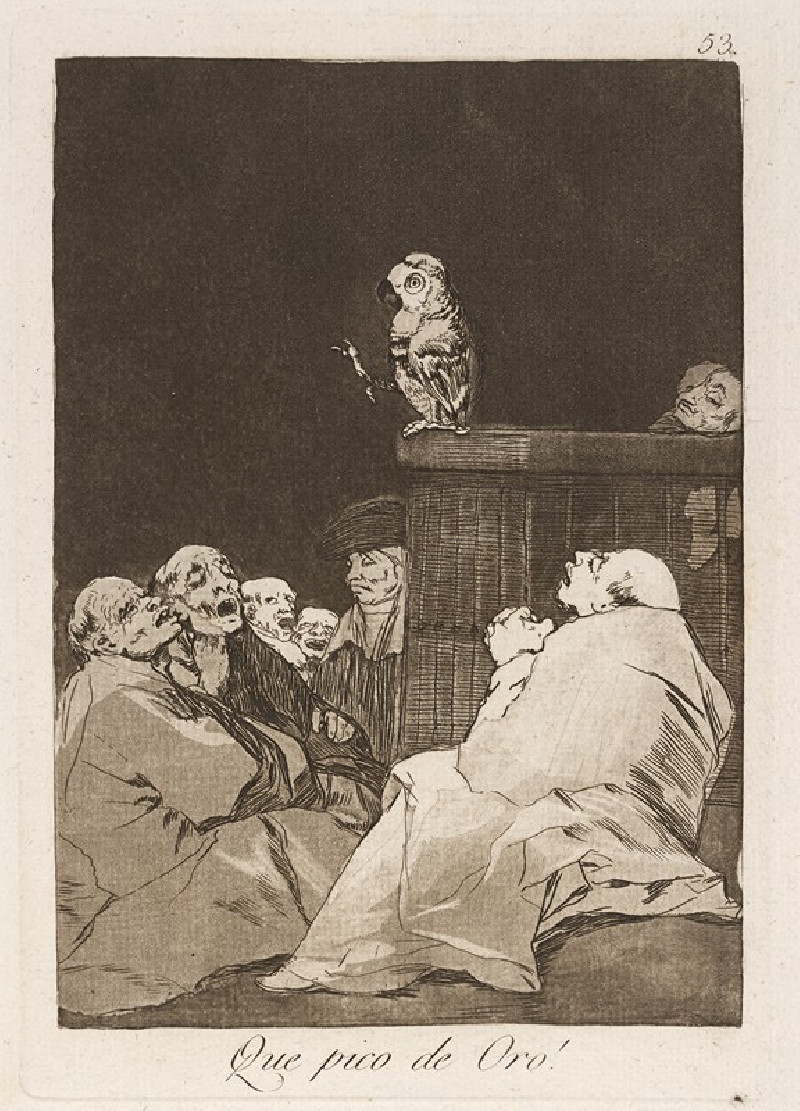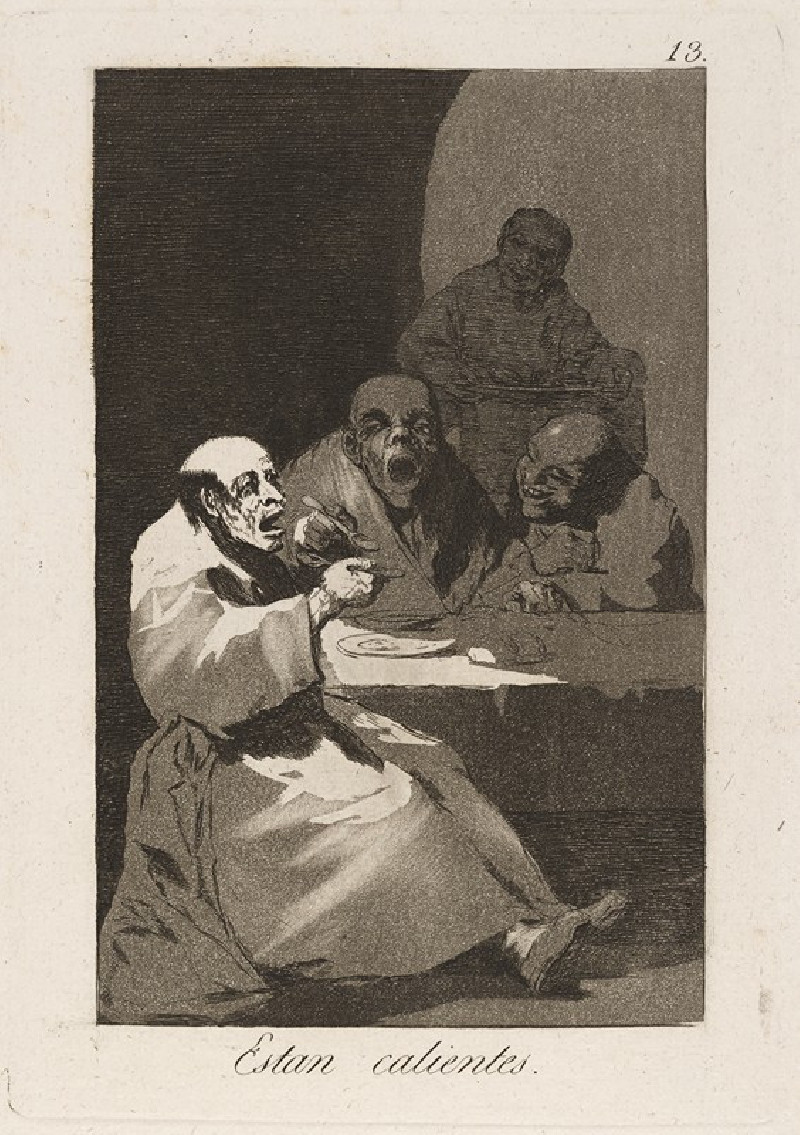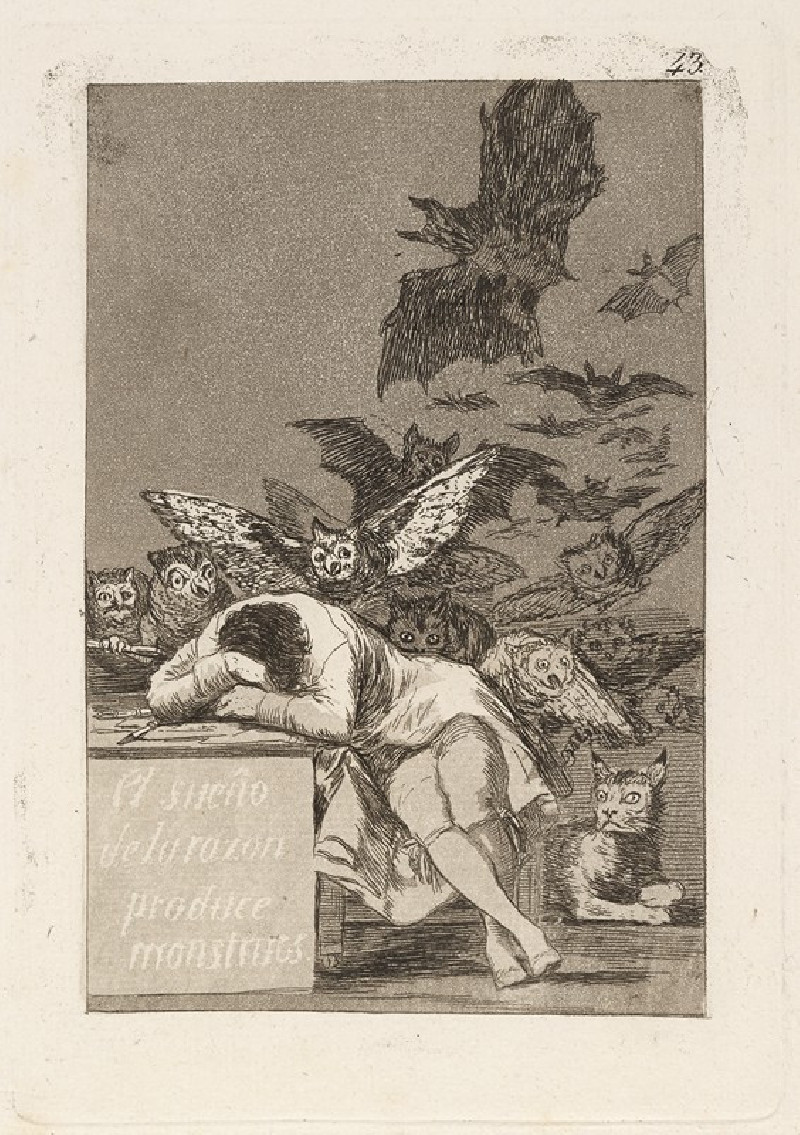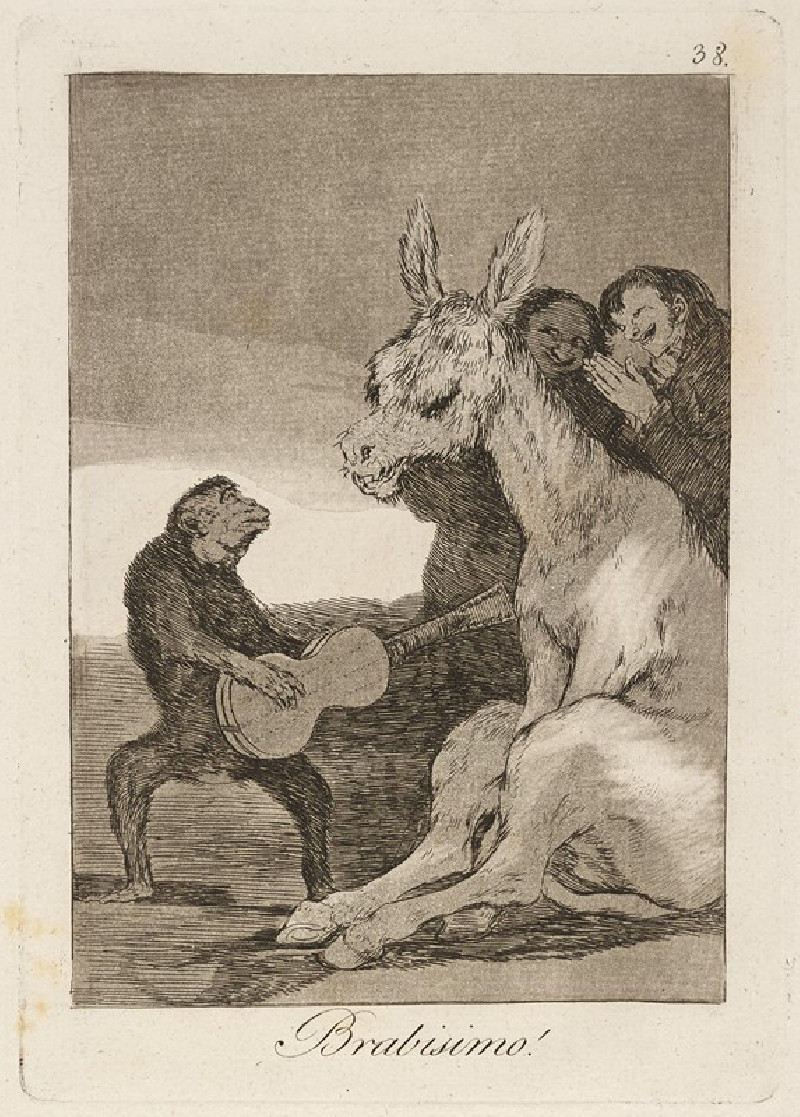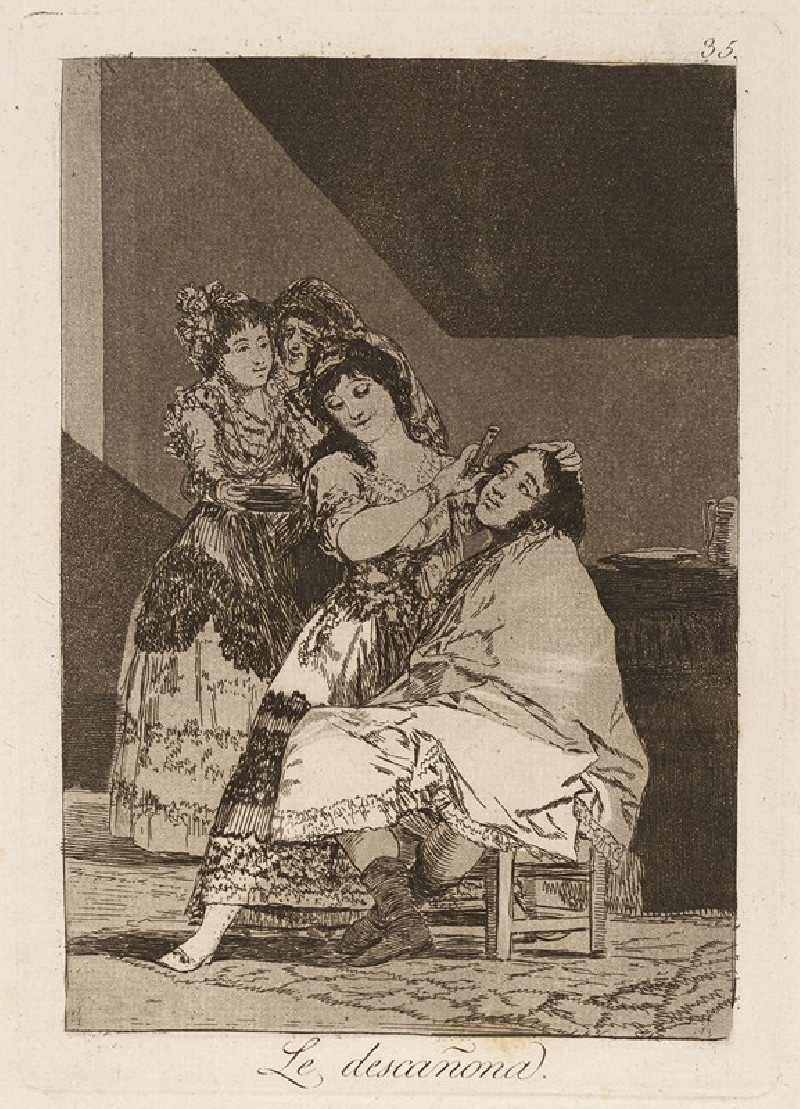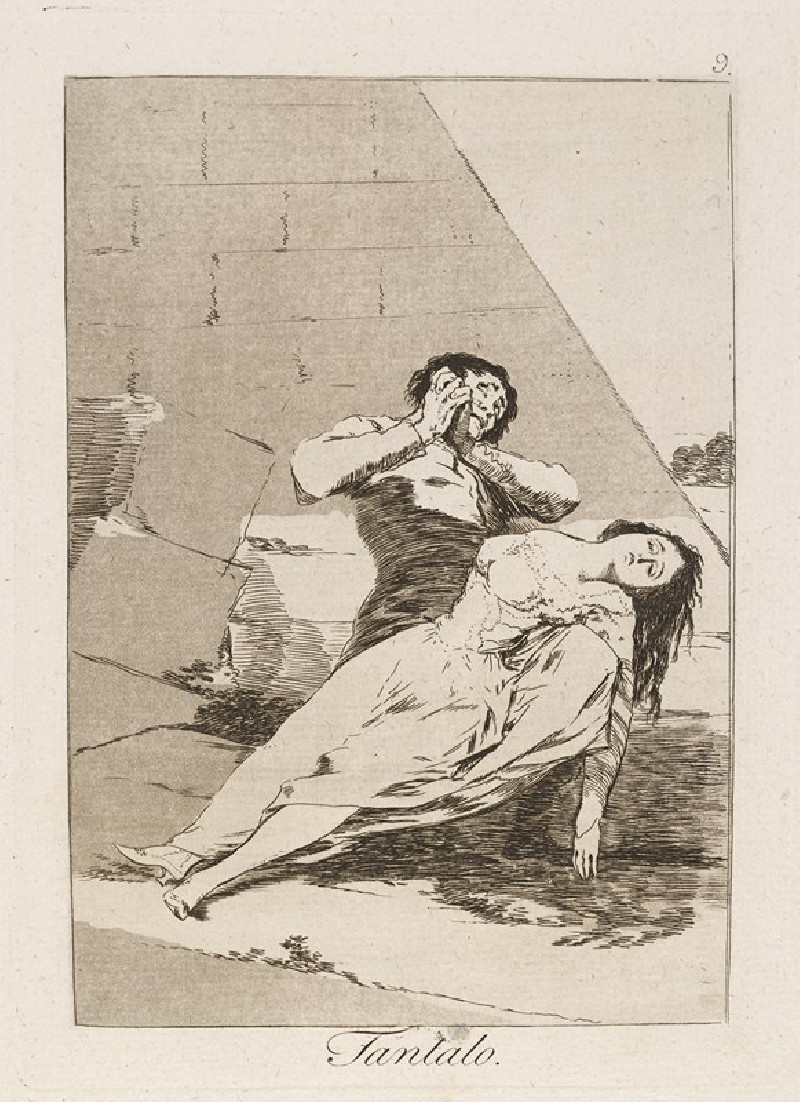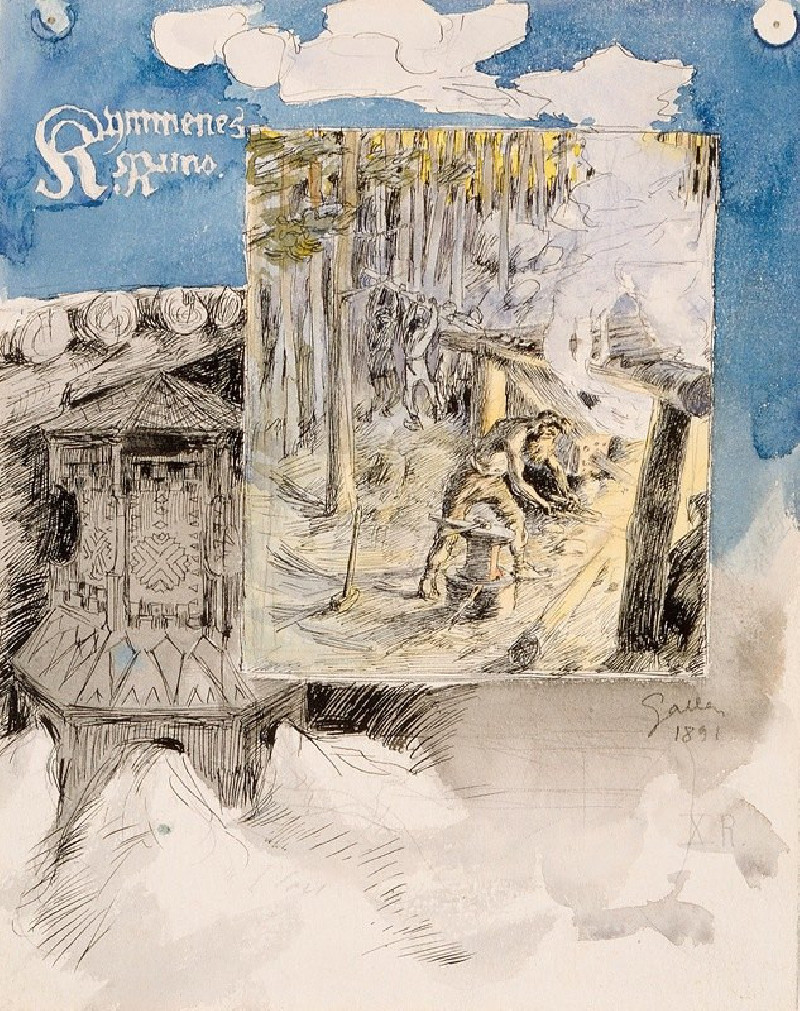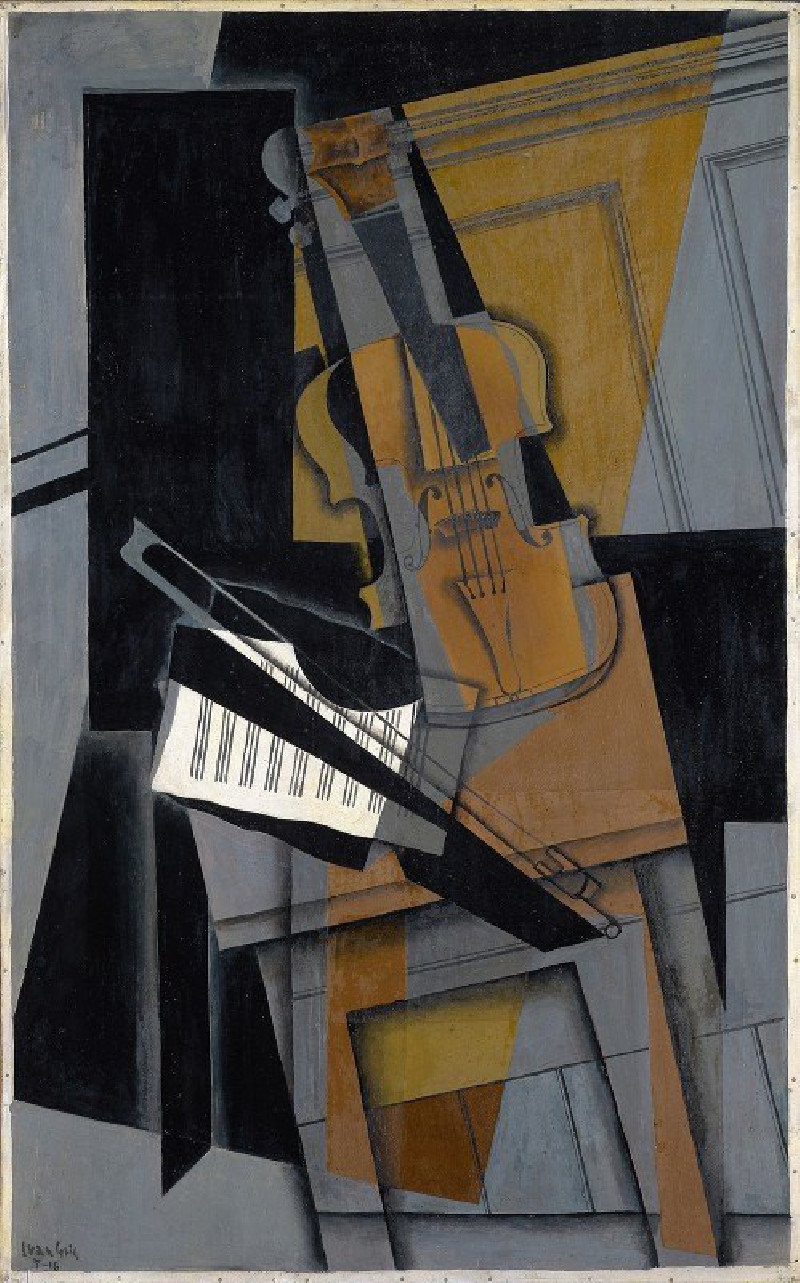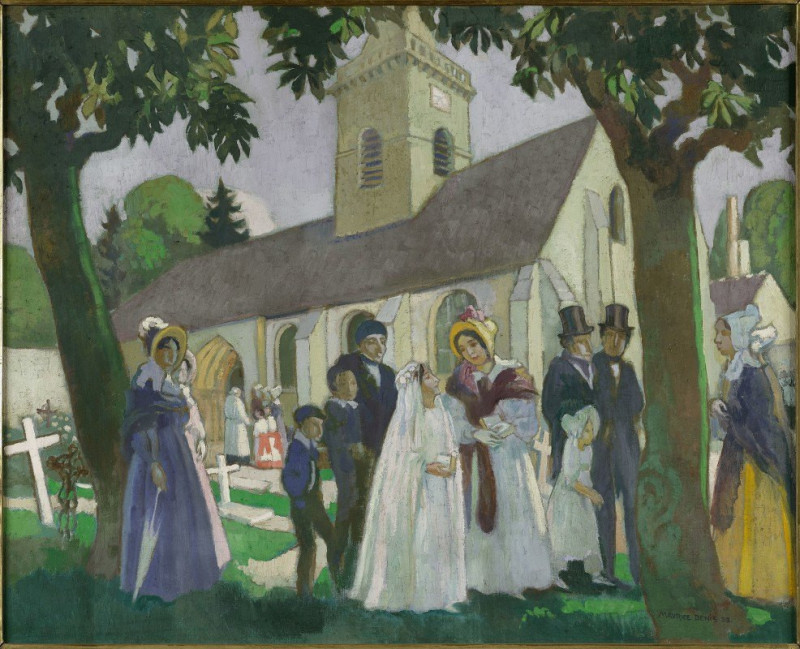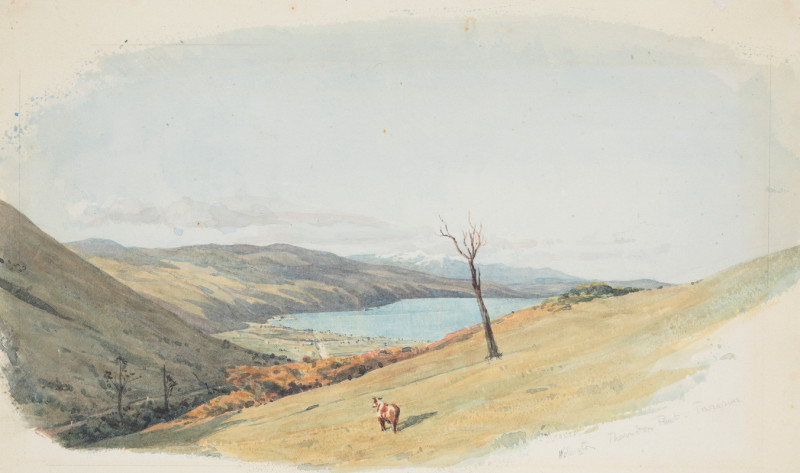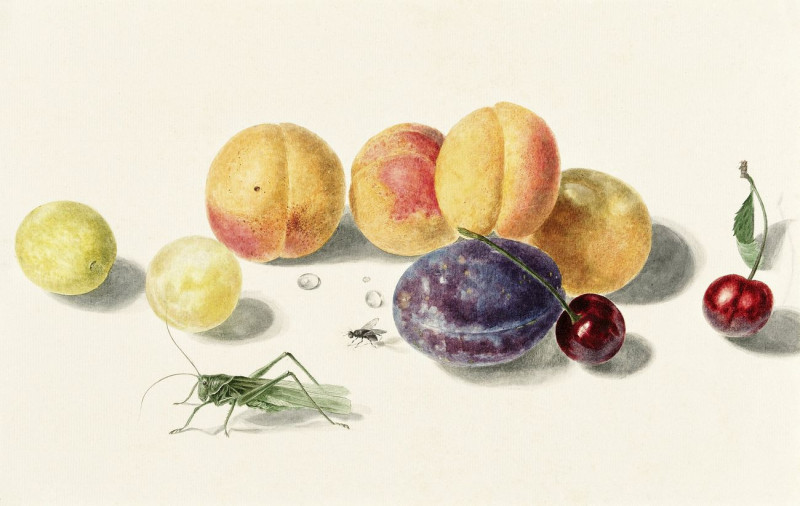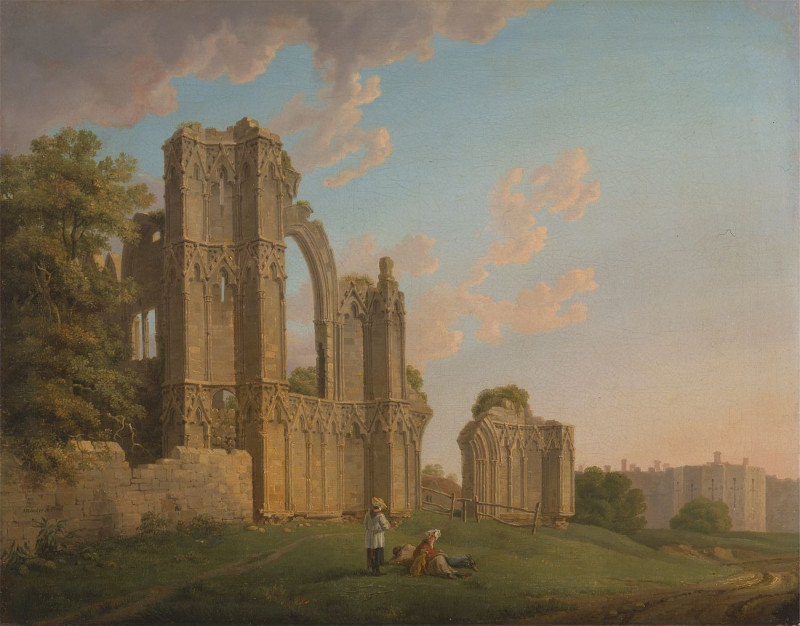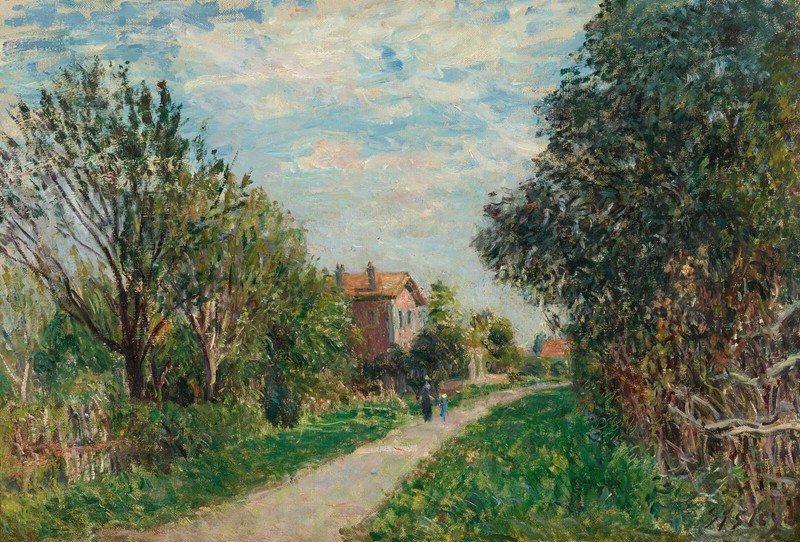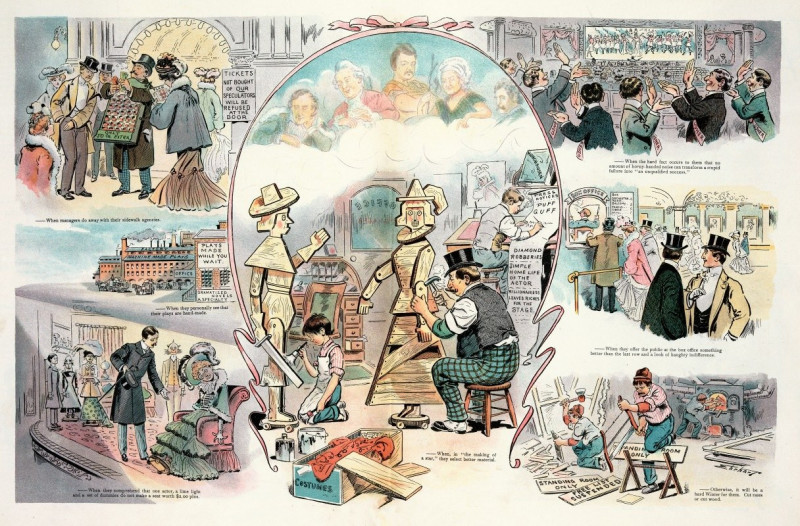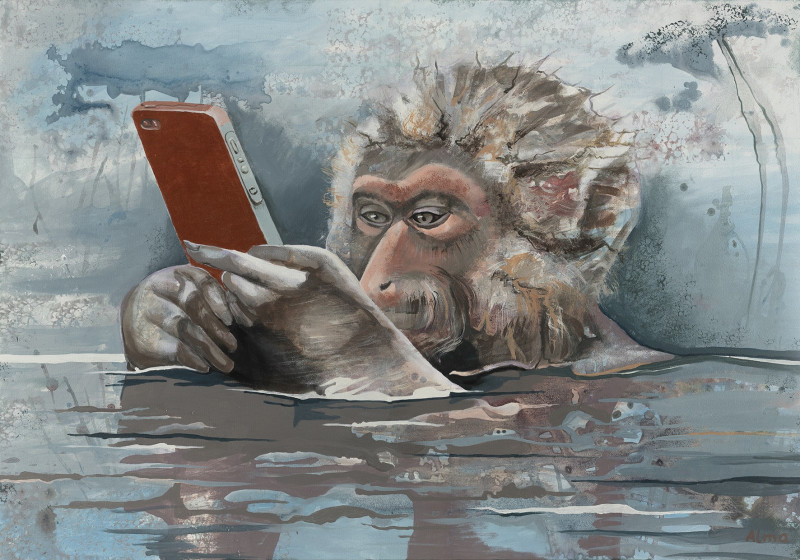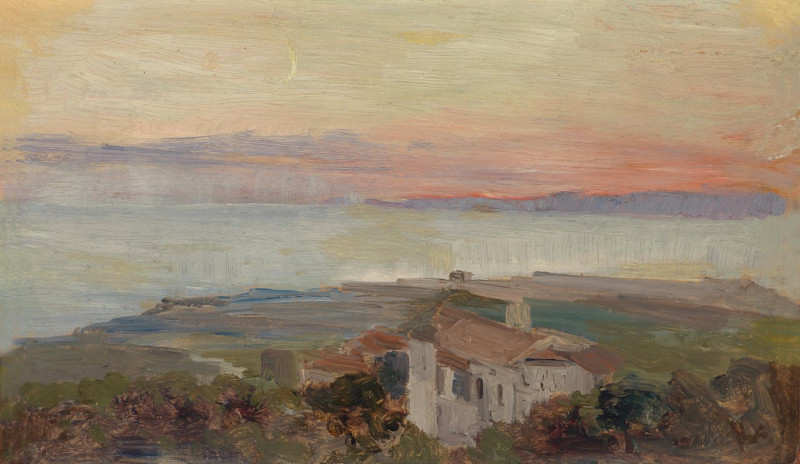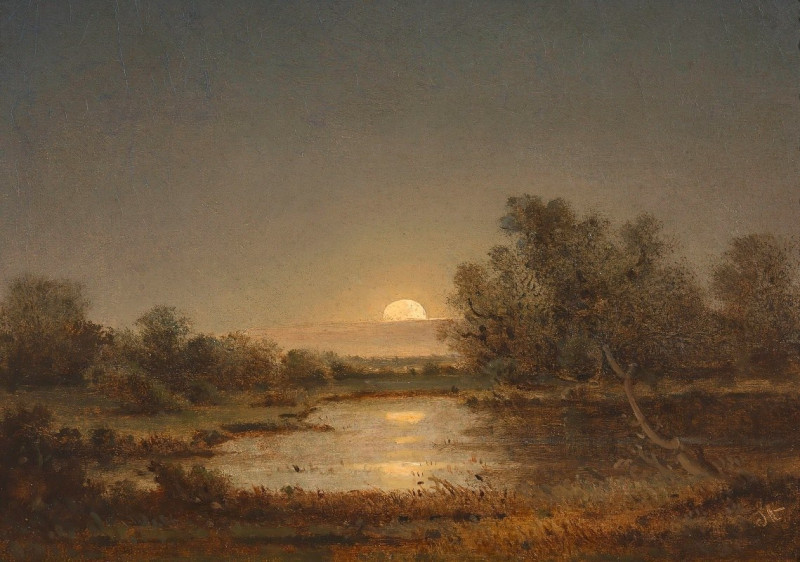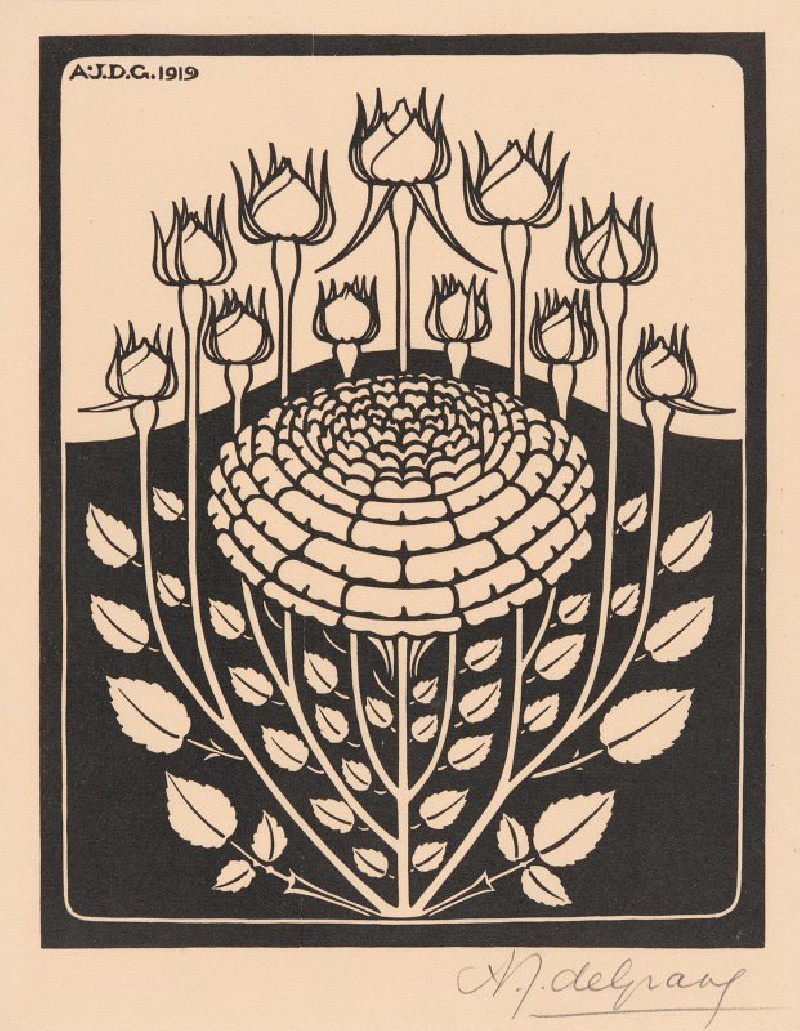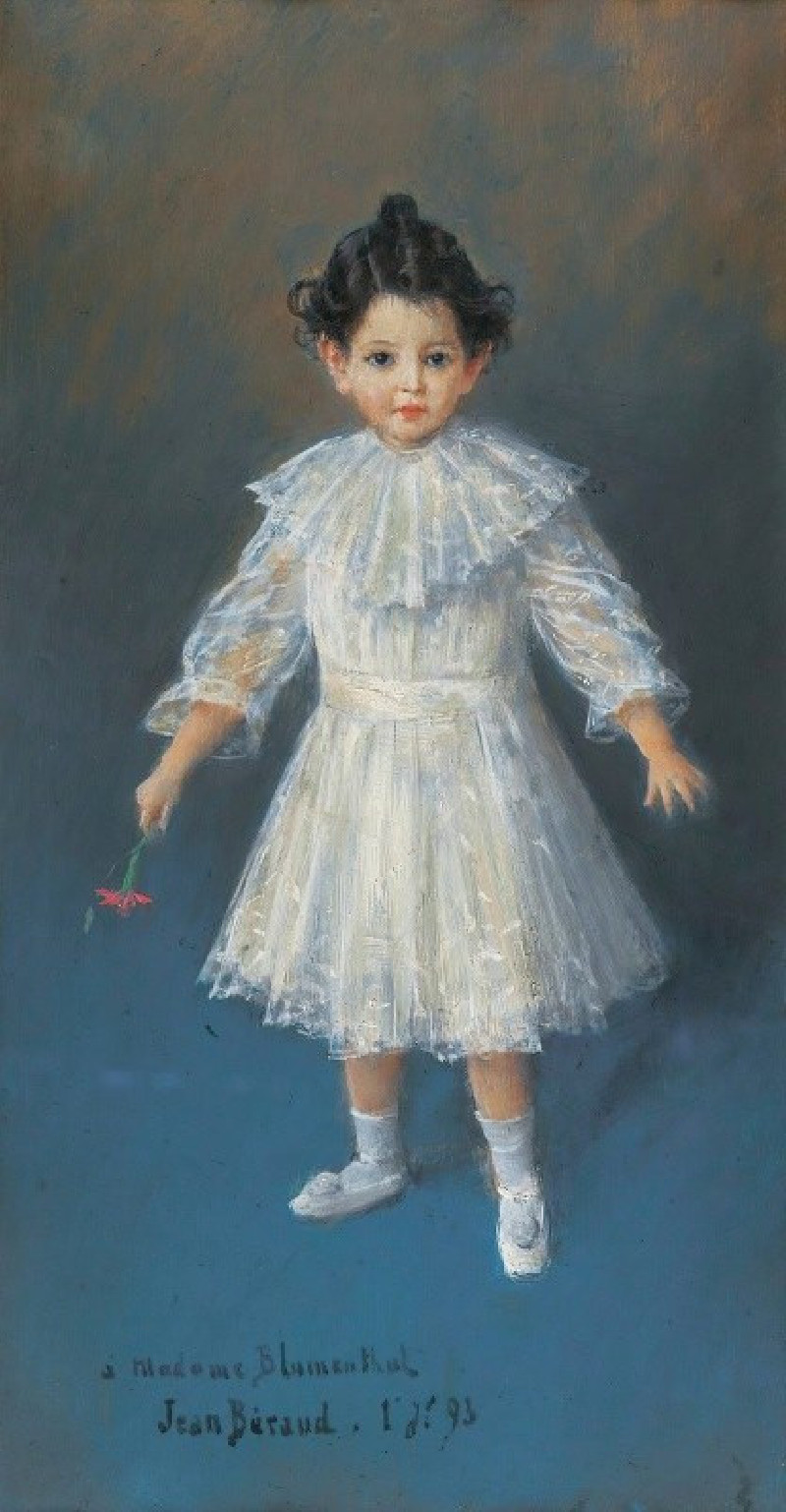Muchachos al avío. (Lads making ready.) (1796-1797)
Technique: Giclée quality print
Recommended by our customers
More about this artwork
“Muchachos al avío,” an intriguing etching by the celebrated Spanish artist Francisco de Goya, produced between 1796 and 1797, encapsulates a vivid slice of everyday life from a bygone era. This artwork, from Goya's notable series that explores social customs, human behavior, and societal critiques, showcases his keen observation and masterful depiction of human expressions and interactions.The scene vividly portrays three young lads engaged in what appears to be a preparation activity. Set against a stark, lightly sketched background that suggests a simple, rustic setting, the focus is intensively on the figures themselves. The central youth, dressed in traditional attire, draws the viewer’s attention as he bands and ties what seems to be a bundle or a load, possibly for transport or sale. His intense concentration and the deft movements captured by Goya's etching needle suggest a moment caught in daily labor and camaraderie.To his right, another lad, sitting, assists in the preparation, his face marked by a look of dedication. The interaction between them, a blend of cooperation and mutual support, subtly highlights their youthful vigor and the necessity of teamwork in their endeavors. On the left, an older figure, possibly guiding or supervising, adds a layer of mentorship or authority to the scene, his face lit by a pipe, which adds a touch of personal leisure and contrast to the industriousness of the youths.Goya’s use of light and shadow not only enhances the textural details of the clothing and the environmental elements but also metaphorically underscores the interplay of hard work and everyday life challenges.
Delivery
Returns
Francisco José de Goya y Lucientes (30 March 1746 – 16 April 1828) was a Spanish romantic painter and printmaker. He is considered the most important Spanish artist of the late 18th and early 19th centuries. His paintings, drawings, and engravings reflected contemporary historical upheavals and influenced important 19th- and 20th-century painters. Goya is often referred to as the last of the Old Masters and the first of the moderns.

